The 24-Day Nightmare: Why Your Small Business Needs a Ransomware Recovery Plan Today
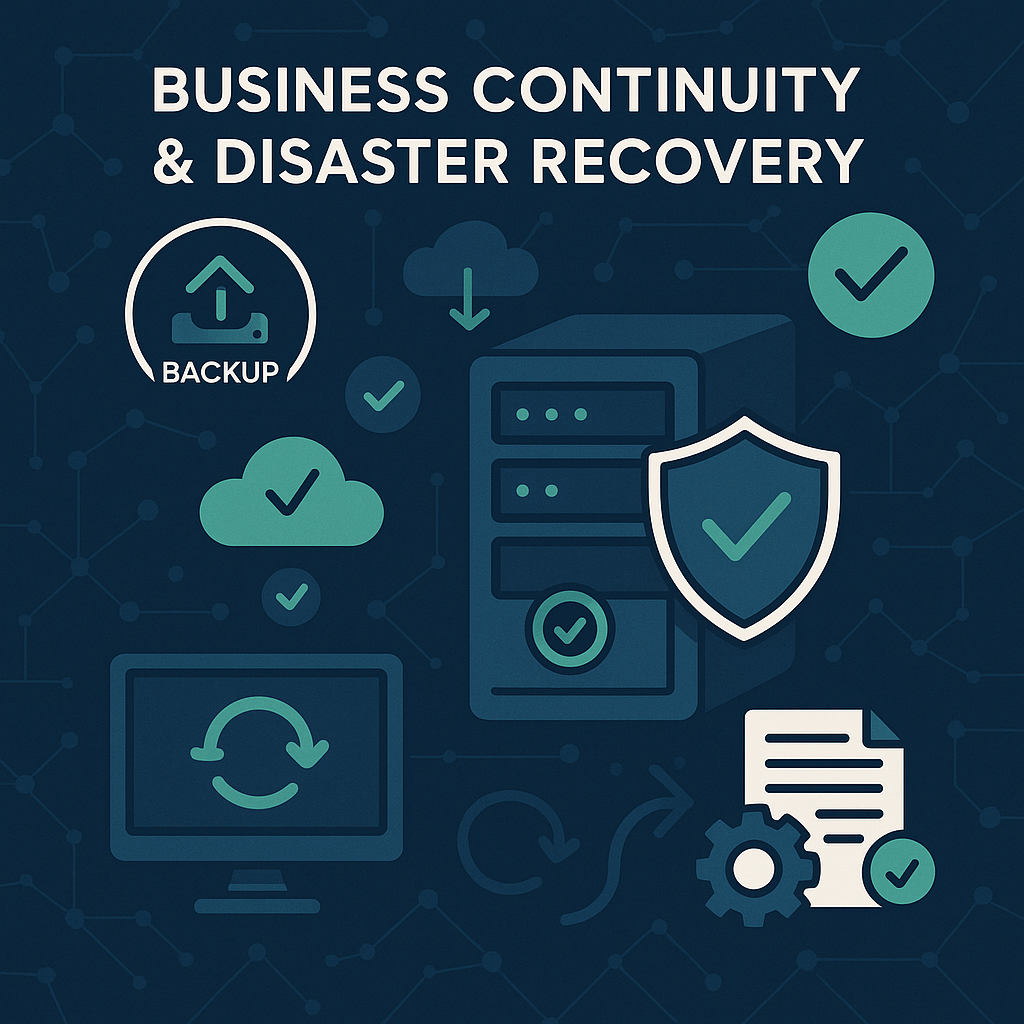

The 24-Day Nightmare: Why Your Small Business Needs a Ransomware Recovery Plan Today
Imagine walking into your office tomorrow morning and finding every computer screen displaying a ransom demand. Your customer data is encrypted, your operations are frozen, and cybercriminals are demanding payment to restore your business. This nightmare scenario plays out for one-third of small businesses every year, and the recovery process averages 24 days of devastating downtime.
For small businesses, this isn’t just an inconvenience – it’s an existential threat. 75% of SMBs could not continue operating if hit with ransomware, and 60% of small businesses that suffer a cyberattack shut down within six months. The question isn’t if you’ll be targeted, but whether you’ll survive when it happens.
The Growing Ransomware Epidemic
Ransomware has become the weapon of choice for cybercriminals targeting small businesses, and the numbers are staggering:
- 82% of ransomware attacks targeted companies with fewer than 1,000 employees
- 37% of companies hit by ransomware had fewer than 100 employees
- Ransomware incidents jumped approximately 25% in 2024
- Every 40 seconds, a new business in the US is attacked by ransomware
The True Cost of Downtime
The financial impact of ransomware extends far beyond any ransom payment:
Direct Recovery Costs: The average cost of recovering from a ransomware attack is $84,000 for small businesses, not including downtime or lost business.
Downtime Devastation: Just one hour of downtime can cost SMBs between $127 and $427 per minute. With an average recovery time of 24 days, the total cost can quickly reach hundreds of thousands of dollars.
Business Closure Risk: 32% of SMBs say just one day of downtime could shut them down, while one in five SMBs would go out of business if an attack cost them as little as $10,000.
The Anatomy of Ransomware Recovery
Understanding the recovery timeline helps explain why preparation is critical:
Initial Detection and Response (Days 1-3): The average dwell time for malware is over 200 days, meaning attackers have likely been in your systems for months before striking. Quick detection and containment are crucial to limiting damage.
Assessment and Planning (Days 4-7): IT teams must assess the scope of encryption, identify clean backups, and develop a recovery strategy. This phase determines whether you’ll recover in days or months.
System Restoration (Days 8-21): The complexity of your IT environment significantly impacts recovery time. Simple setups with good backups can recover quickly, while complex systems may take weeks to fully restore.
Verification and Testing (Days 22-24): All restored systems must be tested to ensure they’re clean and functional before full operations resume.
Why Small Businesses Are Vulnerable
Limited Resources: Only 15% of SMBs hired an internal IT person or outsourced to a Managed Security Service Provider (MSSP) with the expertise needed to develop robust cyber defenses.
Inadequate Backup Strategies: Many SMBs have backups, but they’re often:
- Connected to the network (vulnerable to encryption)
- Infrequent (resulting in significant data loss)
- Untested (may fail when needed most)
Lack of Incident Response Planning: 54% of businesses admit their IT departments lack experience to handle complex cyberattacks.
Building Your Ransomware Resilience
Implement the 3-2-1 Backup Rule: Maintain three copies of critical data, store them on two different media types, with one copy kept offline and offsite. This strategy prevents ransomware from encrypting all your backups.
Regular Backup Testing: Conduct regular practice drills for data restoration. A backup that hasn’t been tested is just hope disguised as a security measure.
Air-Gapped Backups: Keep at least one backup completely disconnected from your network. This “cold” backup serves as your insurance policy against advanced ransomware variants.
Incident Response Planning: Develop and regularly test an incident response plan that includes:
- Emergency contact information
- Step-by-step response procedures
- Communication templates for customers and stakeholders
- Legal and regulatory notification requirements
Critical Security Foundations
Multi-Factor Authentication: Enforce MFA for all accounts, especially remote access. 99.9% of automated cyberattacks are blocked by MFA.
Patch Management: 18% of SMBs don’t require regular software updates, leaving critical vulnerabilities exposed. Ransomware often exploits known security flaws.
Employee Training: Since 95% of cybersecurity incidents can be attributed to human error, regular security awareness training is essential.
Network Segmentation: Isolate critical systems and limit the spread of ransomware through your network.
The Recovery Reality Check
Even with perfect preparation, ransomware recovery is challenging:
Paying Ransom Isn’t Guaranteed: Even if you pay, there’s no guarantee you’ll get your data back intact. The decryption process often fails to restore files exactly as they were.
Negotiation Takes Time: The typical duration of ransomware negotiation is approximately 8-10 days, during which your business remains offline.
Rebuilding Trust: 80% of attack victims had to spend time rebuilding trust with clients and partners following an incident.
The Business Continuity Imperative
75% of SMBs say they would only be able to survive three to seven days in the event of a ransomware attack. This narrow survival window means that recovery planning isn’t optional – it’s essential for business survival.
Your ransomware recovery plan should include:
- Detailed inventory of critical systems and data
- Prioritized restoration order
- Alternative business processes during downtime
- Communication protocols for stakeholders
- Legal and insurance notification procedures
Taking Action Today
The ransomware threat isn’t going away – it’s intensifying. Nearly 80 active ransomware groups operate globally, with 16 new ones emerging since January 2025. The sophistication and frequency of attacks continue to increase, making preparation more critical than ever.
Don’t wait until you’re staring at a ransom screen to think about recovery. The businesses that survive ransomware attacks are those that planned for them. Start building your defenses today:
- Audit your current backup strategy
- Implement offline backup copies
- Test your recovery procedures
- Train your employees
- Develop an incident response plan
The average 24-day recovery nightmare doesn’t have to be your reality – but only if you prepare before the attack comes.
For comprehensive ransomware protection and recovery planning tailored to small businesses, visit rivia.io
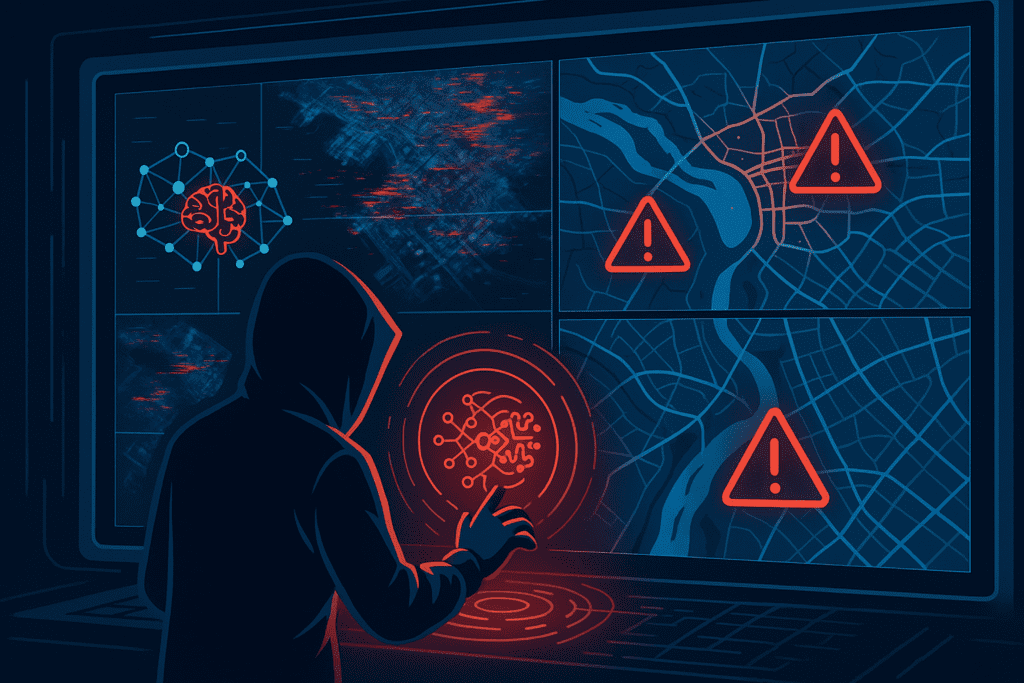

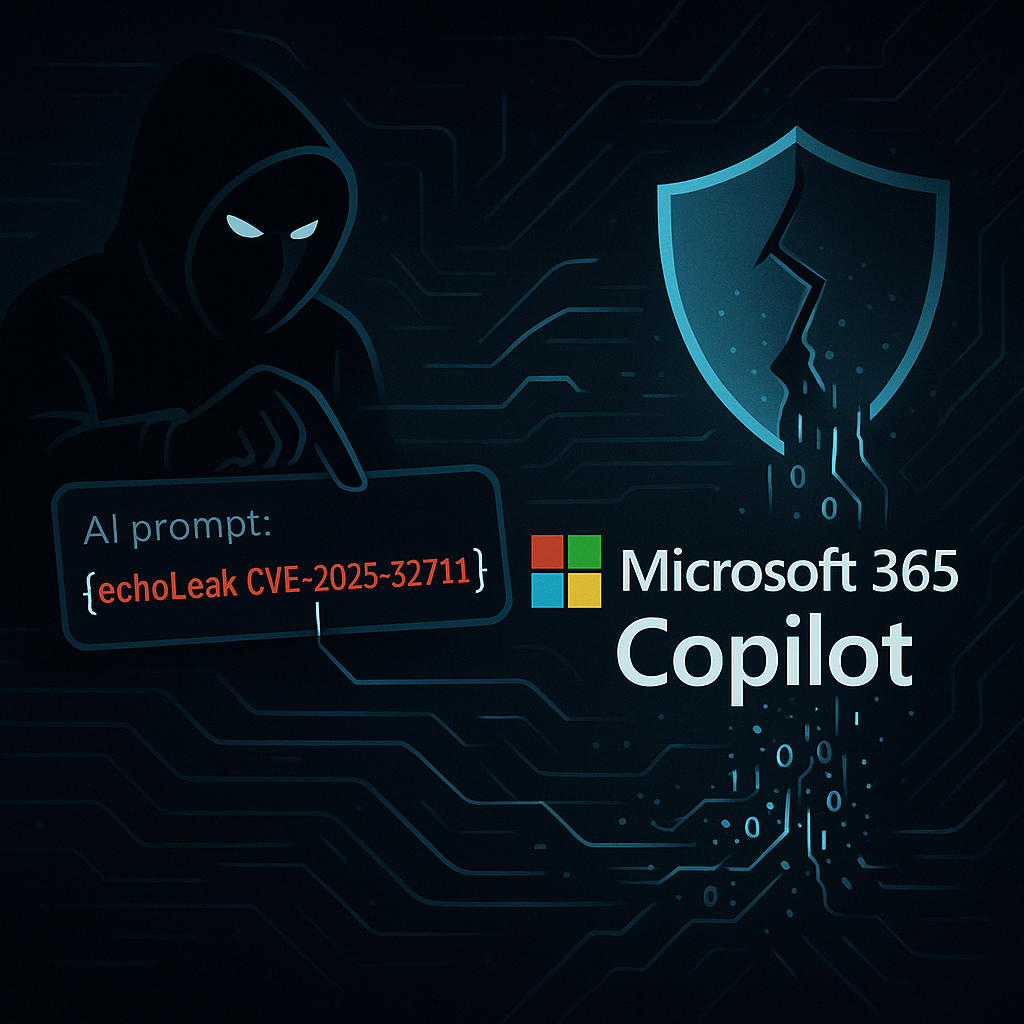
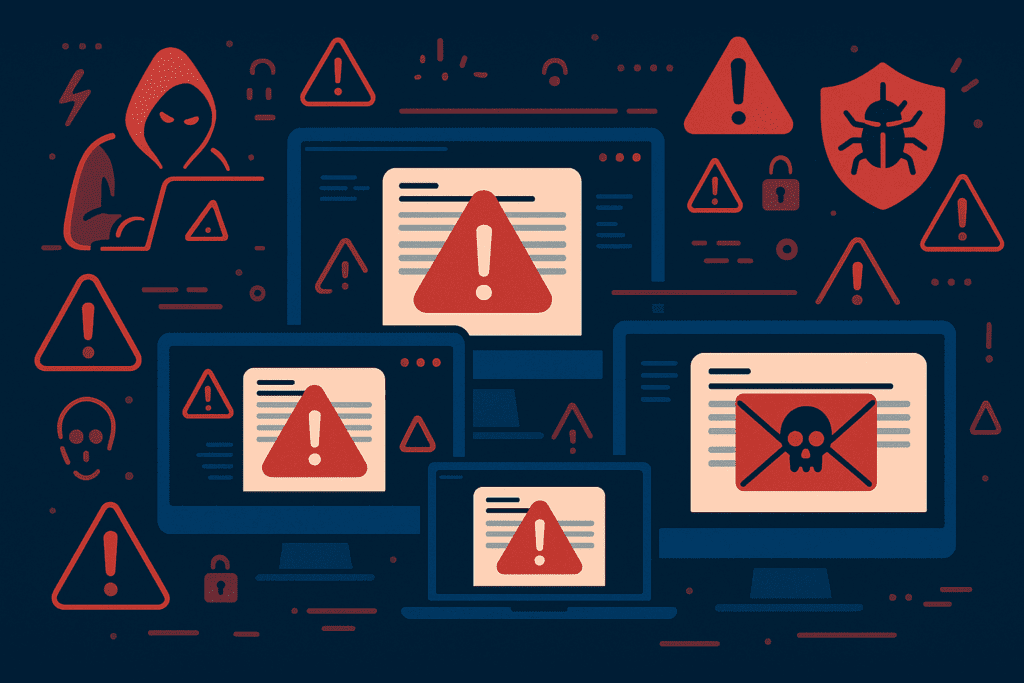
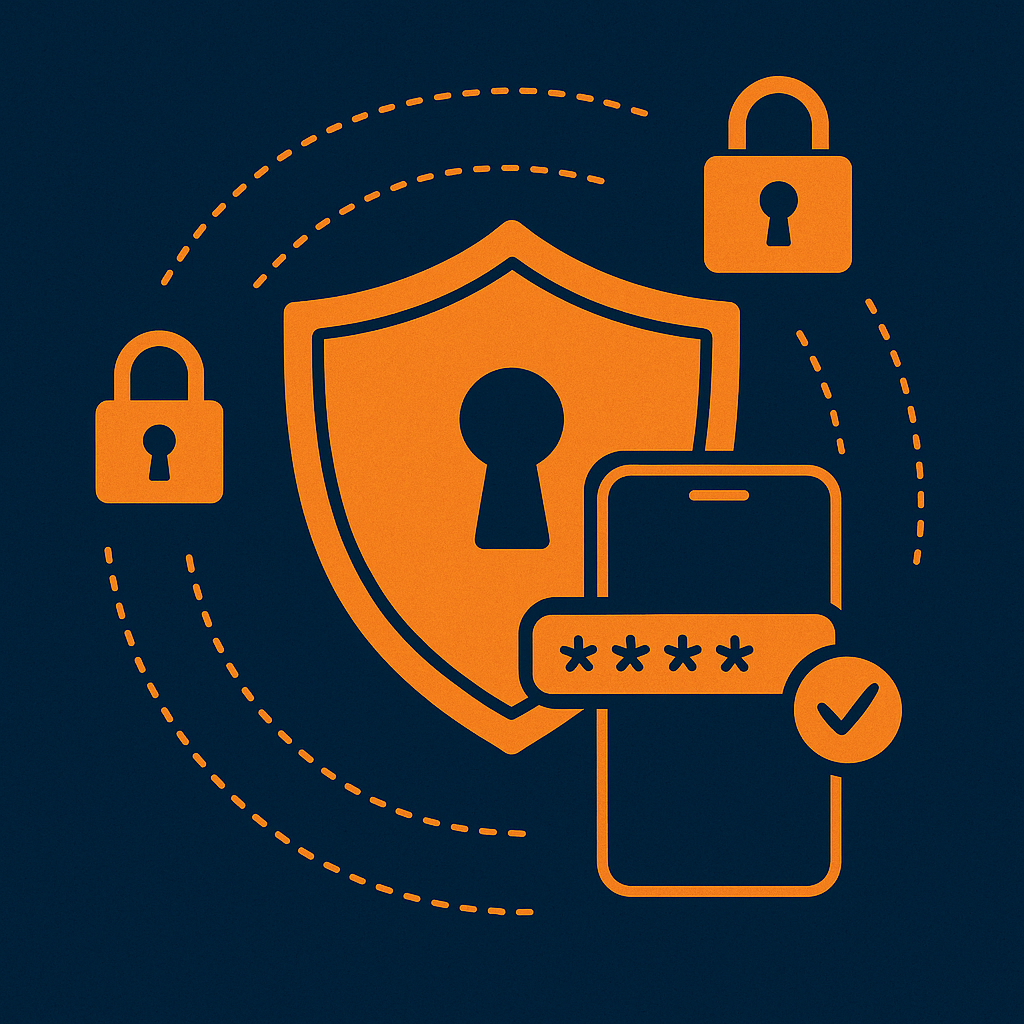
Responses